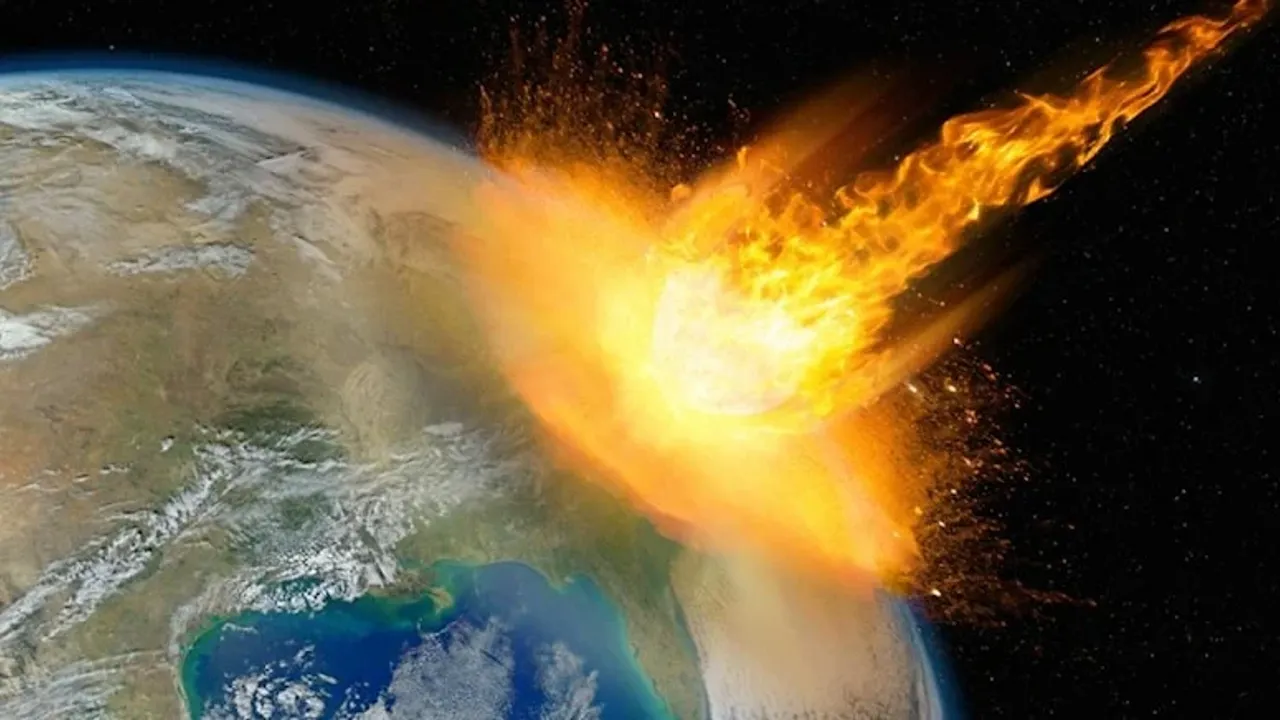The space rock, named Bennu, passes by our planet every six years and scientists at NASA are trying to change the asteroid's path because it is expected to hit Earth one day.
Experts think we could be on a collision course with the asteroid on September 24, 2182, and while the potential apocalyptic date is far off, NASA is already on the "last leg" of the mission as it works to divert Bennu.
Seven years ago, the agency sent a spacecraft to the asteroid to collect samples, hoping the information it gathered would help them avert a potential catastrophe.
The samples from Bennu will finally arrive in the Utah desert on Sunday, September 24, exactly 159 years before Bennu's potential crash.
SEVEN YEARS OF STRUGGLE
Rich Burns, project manager for OSIRIS-REx at NASA's Goddard Space Flight Center in Greenbelt, Maryland, told the Sunday Telegraph, "We are now on the last leg of this seven-year journey. "We are resolutely focused on completing the race in good shape, and this marathon is a combination of pride and elation.
While Bennu's potential impact may seem alarming, the odds of a catastrophic impact are only one in 2,700.
The rock is about a third of a mile wide, while the asteroid that caused the extinction of the dinosaurs was about six miles wide - about 20 times the width of Bennu.
This means that the incoming rock is not large enough to cause worldwide extinction, but NASA estimates that if the rock were to hit Earth, it would create a crater about six miles across and cause devastation for about 600 miles in each direction.
"The pristine material from the Bennu asteroid will help shed light on the formation of our Solar System 4.5 billion years ago and perhaps even how life on Earth began," said Nicola Fox, deputy administrator of NASA's Science Mission Directorate in Washington.
22 asteroid warning with the power of an atomic bomb!
Frightening warning from scientists... Experts have pinpointed the day when an asteroid could hit the Earth's surface and cause an impact as powerful as 22 atomic bombs.
Trending news

Snoop Dogg to carry the Olympic torch

Lily James Expresses Admiration for Hailey Bieber’s Rhode Skincare Line

Taylor Tomlinson Will Explore Her Faith and Sexuality on Tour!

'Alien mummy' in Peru raises eyebrows

Scandal in the heart of Europe: Child abuse in a church!

Kamala Harris’ Running Mate: Here’s Who Could Be Her VP After Biden Drops Out And Endorses Her








